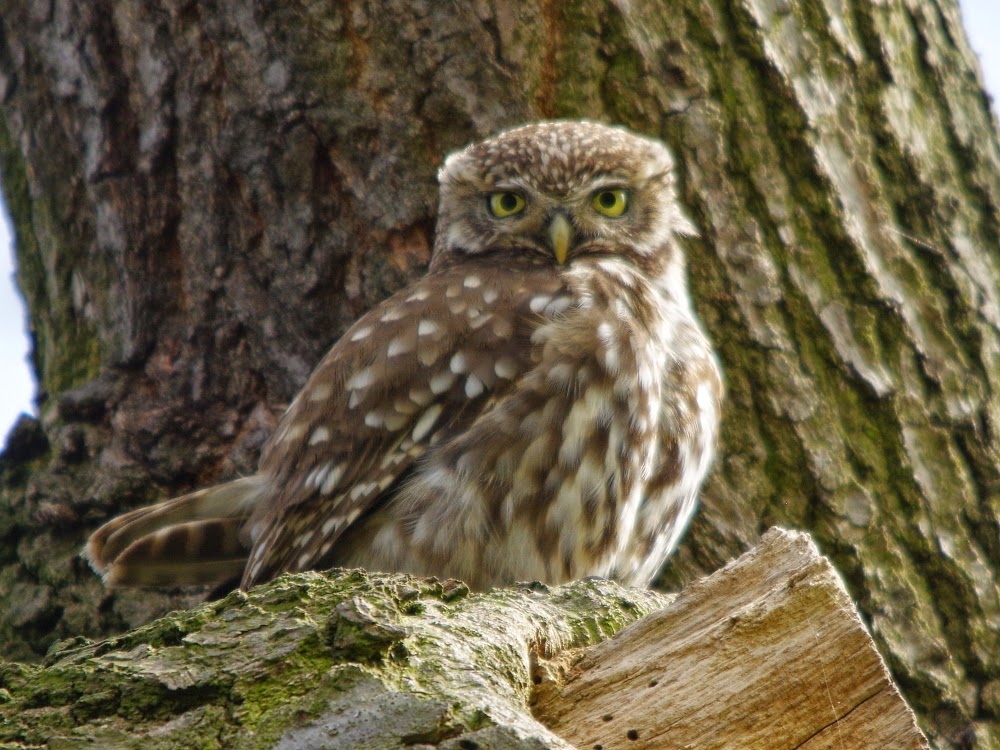The pair of Coots that have been wandering around the Mute Swans' nest on the Long Water seem to be making a determined attempt at nesting on the edge of the island. What the swans make of this remains to be seen.
Coots have also regained their last year's nest inside the small boathouse, evicting the Moorhen that was squatting there. This is a pity for both parties, because if Coot chicks fall off the platform into the water they can't get up again. Last year all of them died in this way. Moorhen chicks, as good at climbing as their agile parents, would probably have managed it.
A Moorhen was looking over the weir where the Serpentine flows out and momentarily becomes the River Westbourne before vanishing again into a pipe. There is a drop of about three feet into a large chamber under the path, which contains a filter to keep the pipe from being blocked with debris.
Moorhens have successfully nested in this place, and their chicks were able to get up to the lake. However, when a pair of Coots built a nest at the top of the weir their chicks were swept one by one to their death. The wooden object on the left is a ramp which someone, probably Malcolm the Wildlife Officer, but in to save future broods. It is falling to bits now and tied on with string, but would probably still work.
There was no sign of the Greylag Goose with the drinks can top stuck on its bill, and I think that Malcolm has come and rescued it.
The Egyptian Goose family on the north side of the Serpentine were enjoying a mixed salad at the railings beside the path.
They still have six, and the family on the other side of the lake still have seven.
Starlings are beginning to nest in the two plane trees next to the small boathouses. There are many holes in these trees, and usually at least three nests, and the trees are an assembly point for Starlings even when they are not nesting.
This Coal Tit is the male of the pair at the Rima relief. She comes to my hand to be fed, but he won't, and remains in the tree singing.
It was a colder day with more wind, so the Little Owl near the Orangery had left his usual branch and was sitting close against the trunk of the oak tree.
The male owl of the pair near the leaf yard also stayed out of the wind.








No comments:
Post a Comment